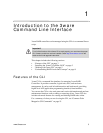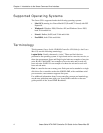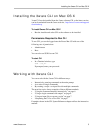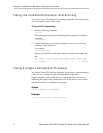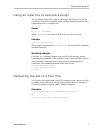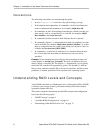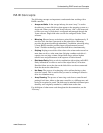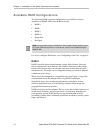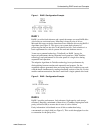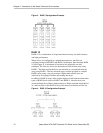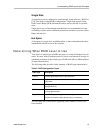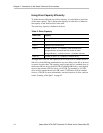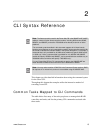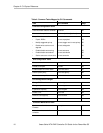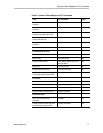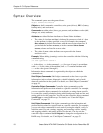
Understanding RAID Levels and Concepts
www.3ware.com 11
Figure 1. RAID 0 Configuration Example
RAID 1
RAID 1 provides fault tolerance and a speed advantage over non-RAID disks.
Also known as a mirrored array. Mirroring is done on pairs of drives.
Mirrored disk arrays write the same data to two different drives using RAID 1
algorithms (see Figure 2). This gives your system fault tolerance by
preserving the data on one drive if the other drive fails. Fault tolerance is a
basic requirement for critical systems like web and database servers.
3ware uses a patented technology, TwinStor®, on RAID 1 arrays for
improved performance during sequential read operations. With TwinStor
technology, read performance is twice the speed of a single drive during
sequential read operation.
The adaptive algorithms in TwinStor technology boost performance by
distinguishing between random and sequential read requests. For the
sequential requests generated when accessing large files, both drives are used,
with the heads simultaneously reading alternating sections of the file. For the
smaller random transactions, the data is read from a single optimal drive head.
Figure 2. RAID 1 Configuration Example
RAID 5
RAID 5 provides performance, fault tolerance, high capacity, and storage
efficiency. Requires a minimum of three drives. Combines striping data with
parity (exclusive OR) to restore data in case of a drive failure.
Parity information is distributed across all drives rather than being
concentrated on a single disk (see Figure 3). This avoids throughput loss due
to contention for the parity drive.



